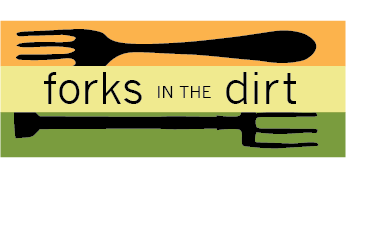
Board butter is a must-have wood care solution for protecting and nourishing your wooden kitchen items.
I see you buying heirloom pieces instead of cheap plastic, and I am so proud of you!
I also want to help you make the most out of those new (usually more expensive) pieces. So, while we’re happily using our wooden kitchen utensils while we cook from scratch, let’s make sure we’re taking good care of them with a simple recipe for “Board Butter.”
*This is also called spoon butter, board balm, and lots of other things depending on the part of the country you’re from. I’m up in Minnesota, so board butter it is.
Wood naturally dries out over time, so we need to do something to keep it from over-drying and cracking.
Enter board butter; a basic mixture of oil and beeswax to help condition and seal our wooden kitchen tools and cutting boards. While this recipe has just two ingredients, both of those ingredients should be top quality to help seal the wood.
Wax:
I love using local beeswax for this, and usually have some extra around for making herbal salves and body butters.
Beeswax is such a gift! On its own it’s an inert substance without specific benefits when consumed directly. The way beeswax is made creates an anti-bacterial, adhesive substance that’s the perfect thickener for so many safe and healthy homemade products.

You can also use carnauba wax if you want to keep a vegan kitchen. Carnauba wax come from the carnauba palm (Copernicia prunifera). The carnauba palm is native to Brazil and is also known as the “Tree of Life.” Just make sure it is pure wax with no additives.
If you’re having fun melting and mixing, try making my Calendula Salve!
Oil:
There are a few different oils that do well as wood conditioners. The main thing is to keep them 100% pure and organic. Stay away from mineral oils as they tend to be processed in a way that can ooze toxins over time.
I have used both coconut and sunflower oil for this recipe. I prefer coconut oil for the smell and way it leaves the spoons and cutting boards. I have also seen flaxseed oil recommended for this project. *Remember to look for unrefined options*

Board Butter Recipe
*1 part beeswax
*3 parts coconut oil -or 2.5 parts sunflower oil.
(Yup, that’s it.)
Use proportions that make sense for how much wood you want to protect.
Heat the beeswax and coconut oil in a double boiler until melted. I make my double boiler from a pyrex measuring cup hung over the edge of a pot, making sure at least half the measuring cup is under water to heat evenly. Keeping the melting process low and slow helps keep the intrinsic benefits of the raw beeswax.
Once warmed and melted, mix well. This recipe will cool to a thick paste-like consistency. Wait until fully cooled to place the lid on to avoid any condensation forming on the bottom of the lid.

You can slather on a thick layer to your favorite wooden kitchen utensils and let set overnight, wiping off any excess in the morning, or just go for it all at once. I have found a little warming helps it really soak into the wood as well.
I keep my jar of board butter handy to use on utensils as needed. But I also try and condition all my wood pieces at least once every winter, as that’s when it is driest in my home and I’m spending more time in my kitchen than in the garden.

Store the jar of spoon butter in a cool, dark place (I keep mine in my pantry) and it will last 12+ months.
I love being able to use this natural product to keep my homestead kitchen running smoothly.
Let me know if you try this Board Butter Recipe in your kitchen!
Dig In,
Michelle
















I'd love to hear your thoughts!